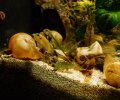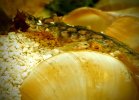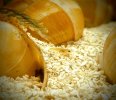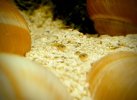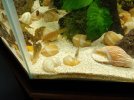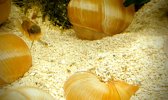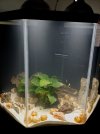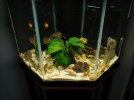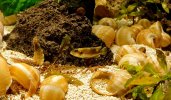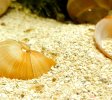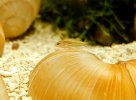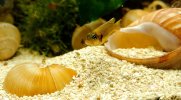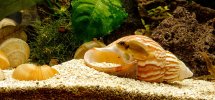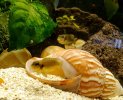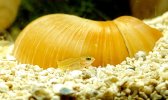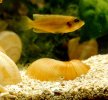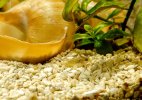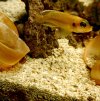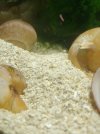John58Ford
Well-Known Member
I've always fed my fry "mulm" basically ground up whatever the adults eat, sightly over fed so it collects in corners with other tank detritus. I feel this only works right due to my husbandry being very "let nature sort it out" but heavy handed in water chemistry. The snails (and other bottom/filter feeders where appropriate) are the balance point, too many and the fry starve, too few and the water goes foul and algae builds.Congrats. Those babies are so cute. What are you feeding them?
This tank eats a varied diet of:
Hikari: vibra bites, sinking cichlid gold (mini), sinking carnivore pellets.
Tetra: color xl tropical granules, color flakes, bettMin flake Medley (with krill), tetraMin tropical granules, pleco wafers.
New life spectrum: Betta xs pellets, cichlid regular pellets, grow small pellets.
Aqueon: tropical granules.
DIY baby food based Snello with quite a few custom ingredients including calcium carbonate, krill powder, fish meal, and some other odd ball stuff.
Basically I keep a fish store worth of food with varied sinking properties to hit target areas and enough with high and low phosphorus etc that I can adjust the tanks diet as a whole for optimal plant growth without "fertilizer" as well. If the fish can't eat it, I don't put it in the tank.
My GBRs used to get egg yolk powder but other than them this is how I've managed all my breeders.
